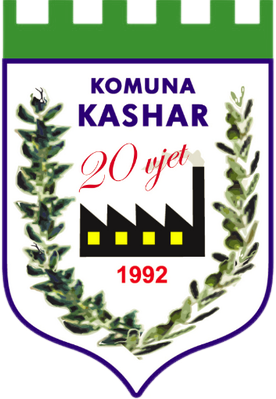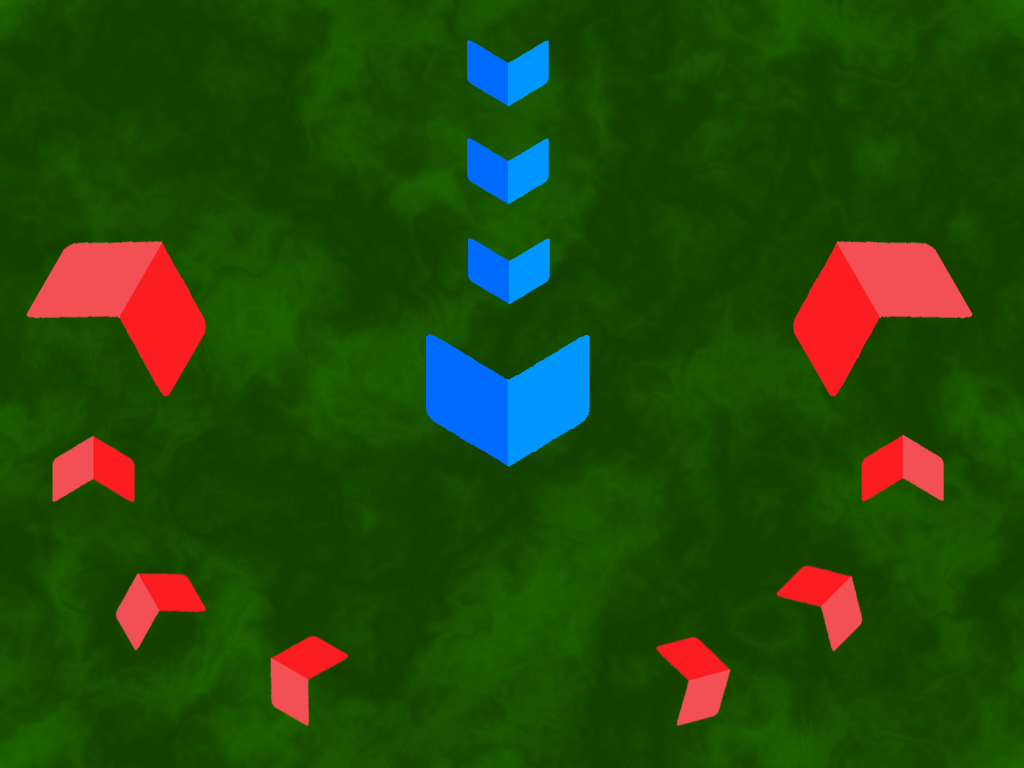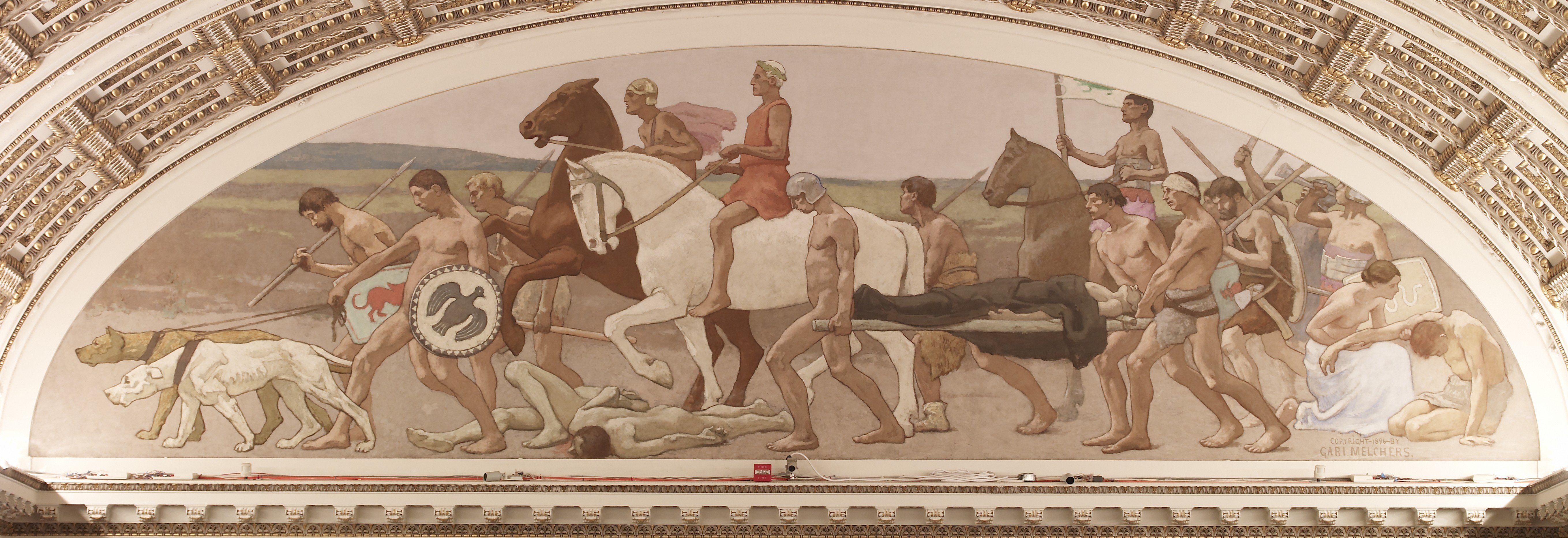|
Ballaban's Campaign Of 1465
On August 1465, Ballaban Badera, a sanjakbey of the Sanjak of Ohrid who was an Albanian-born janissary launched his fourth but largest campaign against Skanderbeg. He was defeated in both battles of Ohrid and Vajkal the year before. Ballaban had previously inflicted severe casualties on Skanderbeg's forces and soon received high favor from Mehmet II. He soon appointed Ballaban and Jakup Arnauti—both Albanian peasants by birth—to lead a joint-campaign against Skanderbeg's forces. According to some scholars, this act of inclusion by the Sultan was a promotion of a social revolution within Albania to wean forces away from Skanderbeg. Whatever the motives, the Ottoman army marched forth with two separate forces: one from the south under Arnauti and the other, under Ballaban's personal command, from the east. Applying a pincer movement the goal of this action was to meet in central Albania in full force, storming what was supposed to be a hesitant Albanian defense. Skanderbeg, ... [...More Info...] [...Related Items...] OR: [Wikipedia] [Google] [Baidu] |
Ottoman Wars In Europe
A series of military conflicts between the Ottoman Empire and various European states took place from the Late Middle Ages up through the early 20th century. The earliest conflicts began during the Byzantine–Ottoman wars, waged in Anatolia in the late 13th century before entering Europe in the mid 14th century with the Bulgarian–Ottoman wars. In the mid 15th century, the Serbian–Ottoman wars and the Albanian-Turkish wars were waged by Serbia and Albania respectively against the Ottoman Turks. Much of this period was characterized by Ottoman expansion into the Balkans. The Ottoman Empire made further inroads into Central Europe in the 15th and 16th centuries, culminating in the peak of Ottoman territorial claims in Europe. The Ottoman–Venetian wars spanned four centuries, starting in 1423 and lasting until 1718. This period witnessed the fall of Negroponte in 1470, the fall of Famagusta (Cyprus) in 1571, the defeat of the Ottoman fleet at the Battle of Lepanto in ... [...More Info...] [...Related Items...] OR: [Wikipedia] [Google] [Baidu] |
Pincer Movement
The pincer movement, or double envelopment, is a military maneuver in which forces simultaneously attack both flanks (sides) of an enemy formation. This classic maneuver holds an important foothold throughout the history of warfare. The pincer movement typically occurs when opposing forces advance towards the center of an army that responds by moving its outside forces to the enemy's flanks to surround it. At the same time, a second layer of pincers may attack the more distant flanks to keep reinforcements from the target units. Description A full pincer movement leads to the attacking army facing the enemy in front, on both flanks, and in the rear. If attacking pincers link up in the enemy's rear, the enemy is encircled. Such battles often end in surrendering or destroying the enemy force, but the encircled force can try to break out. They can attack the encirclement from the inside to escape, or a friendly external force can attack from the outside to open an escape rout ... [...More Info...] [...Related Items...] OR: [Wikipedia] [Google] [Baidu] |
Battles Involving Albania
A battle is an occurrence of combat in warfare between opposing military units of any number or size. A war usually consists of multiple battles. In general, a battle is a military engagement that is well defined in duration, area, and force commitment. An engagement with only limited commitment between the forces and without decisive results is sometimes called a skirmish. The word "battle" can also be used infrequently to refer to an entire operational campaign, although this usage greatly diverges from its conventional or customary meaning. Generally, the word "battle" is used for such campaigns if referring to a protracted combat encounter in which either one or both of the combatants had the same methods, resources, and strategic objectives throughout the encounter. Some prominent examples of this would be the Battle of the Atlantic, Battle of Britain, and Battle of Stalingrad, all in World War II. Wars and military campaigns are guided by military strategy, whereas ... [...More Info...] [...Related Items...] OR: [Wikipedia] [Google] [Baidu] |
Warfare By Skanderbeg
War is an intense armed conflict between states, governments, societies, or paramilitary groups such as mercenaries, insurgents, and militias. It is generally characterized by extreme violence, destruction, and mortality, using regular or irregular military forces. Warfare refers to the common activities and characteristics of types of war, or of wars in general. Total war is warfare that is not restricted to purely legitimate military targets, and can result in massive civilian or other non-combatant suffering and casualties. While some war studies scholars consider war a universal and ancestral aspect of human nature, others argue it is a result of specific socio-cultural, economic or ecological circumstances. Etymology The English word ''war'' derives from the 11th-century Old English words ''wyrre'' and ''werre'', from Old French ''werre'' (also ''guerre'' as in modern French), in turn from the Frankish *''werra'', ultimately deriving from the Proto-Germanic *'' ... [...More Info...] [...Related Items...] OR: [Wikipedia] [Google] [Baidu] |
Elbasan
Elbasan ( ; sq-definite, Elbasani ) is the fourth most populous city of Albania and seat of Elbasan County and Elbasan Municipality. It lies to the north of the river Shkumbin between the Skanderbeg Mountains and the Myzeqe Plain in central Albania. Etymology The Albanian name is derived from the Ottoman Turkish ''il-basan'' ("the fortress"). is also the Aromanian name of the city. According to Saliaj the name in antiquity ''Scampa'' is derived from the word ''Shkamba'' ("The Rock or Cliff") in Albanian. Comparing with the name of the river of Elbasan ,''Shkumbini'' ("Scampini in Antiquity"). History In August 2010 archaeologists discovered two Illyrian graves near the walls of the castle of Elbasan. In the second century BC, a trading post called '' Mansio Scampa'' near the site of modern Elbasan developed close to a junction of two branches of an important Roman road, the Via Egnatia, which connected the Adriatic coast with Byzantium. It was one of the most ... [...More Info...] [...Related Items...] OR: [Wikipedia] [Google] [Baidu] |
Second Siege Of Krujë (1466)
The second (symbol: s) is the unit of time in the International System of Units (SI), historically defined as of a day – this factor derived from the division of the day first into 24 hours, then to 60 minutes and finally to 60 seconds each (24 × 60 × 60 = 86400). The current and formal definition in the International System of Units ( SI) is more precise:The second ..is defined by taking the fixed numerical value of the caesium frequency, Δ''ν''Cs, the unperturbed ground-state hyperfine transition frequency of the caesium 133 atom, to be when expressed in the unit Hz, which is equal to s−1. This current definition was adopted in 1967 when it became feasible to define the second based on fundamental properties of nature with caesium clocks. Because the speed of Earth's rotation varies and is slowing ever so slightly, a leap second is added at irregular intervals to civil time to keep clocks in sync with Earth's rotation. Uses Analog clocks and watches often ha ... [...More Info...] [...Related Items...] OR: [Wikipedia] [Google] [Baidu] |
Tirana
Tirana ( , ; aln, Tirona) is the capital and largest city of Albania. It is located in the centre of the country, enclosed by mountains and hills with Dajti rising to the east and a slight valley to the northwest overlooking the Adriatic Sea in the distance. Due to its location at the Plain of Tirana and the close proximity to the Mediterranean Sea, the city is particularly influenced by a Mediterranean seasonal climate. It is among the wettest and sunniest cities in Europe, with 2,544 hours of sun per year. Tirana was founded as a city in 1614 by the Ottoman Albanian general Sylejman Pasha Bargjini and flourished by then around the Old Mosque and the ''türbe''. The area that today corresponds to the city's territory has been continuously inhabited since the Iron Age. It was inhabited by Illyrians, and was most likely the core of the Illyrian Kingdom of the Taulantii, which in Classical Antiquity was centred in the hinterland of Epidamnus. Following the Illyrian Wars ... [...More Info...] [...Related Items...] OR: [Wikipedia] [Google] [Baidu] |
Kashar
Kashar is a village and a former municipality in the Tirana County, central Albania. The population at the 2011 census was 43,353.2011 census results History The village was first attested in 1456 as the battlefield of a battle between the and the . At the 2015 local government reform it became a subdivision of the municipality ...
At the 2015 local government reform it became a subdivision of the municipality ...
[...More Info...] [...Related Items...] OR: [Wikipedia] [Google] [Baidu] |
Ferdinand I Of Naples
Ferdinando Trastámara d'Aragona, of the Naples branch, universally known as Ferrante and also called by his contemporaries Don Ferrando and Don Ferrante (2 June 1424, in Valencia – 25 January 1494, in Naples), was the only son, illegitimate, of Alfonso I of Naples. He was king of Naples from 1458 to 1494. He was one of the most influential and feared monarchs in Europe at the time and an important figure of the Italian Renaissance. In his thirty years of reign he brought peace and prosperity to Naples. Its foreign and diplomatic policy aimed at assuming the task of regulating the events of the peninsula in order not to disturb the political balance given by the Treaty of Lodi, to affirm the hegemony of the Kingdom of Naples over the other Italian states and to tighten through its diplomats and marriages of his numerous legitimate and natural children, a dense network of alliances and relationships with Italian and foreign sovereigns, earned him the fame and the nickname of ... [...More Info...] [...Related Items...] OR: [Wikipedia] [Google] [Baidu] |
Moisi Golemi
Moisi Golemi, also known as Moisi of Dibra ( sq, Moisiu i Dibrës), was an Albanian nobleman and a commander of the League of Lezhë. In 1443–44 he captured all Ottoman holdings in the area of Dibër region. For a brief period in the 1450s he joined the Ottomans, but soon abandoned them and returned to the League. He died in 1464, when he was executed publicly in Constantinople after being captured by the Ottoman army. In Albanian folk tradition, Golemi became a popular hero mostly through the ''Song of Moisi Golemi'' (''Kënga e Moisi Golemit''). Family Born in the vicinity of modern Dibra he was the only son of Muzakë Arianiti, son of Komnen Arianiti and brother of Gjergj Arianiti. In 1445 he was married to Zanfina Muzaka after her divorce with Muzakë Thopia, who was married to Skanderbeg's sister Maria. They had two sons and four daughters, two of which died at an early age. His firstborn son Çezar Arianiti (Cesare Comnino Arianiti) had one daughter named Giovanna Com ... [...More Info...] [...Related Items...] OR: [Wikipedia] [Google] [Baidu] |
Berat
Berat (; sq-definite, Berati) is the ninth most populous city of Albania and the seat of Berat County and Berat Municipality. By air, it is north of Gjirokastër, west of Korçë, south of Tirana, and east of Fier. Berat is located in the south of the country. It is surrounded by mountains and hills, including Tomorr on the east that was declared a national park. The river Osum (total length ) runs through the city before it empties into the Seman within the Myzeqe Plain. The municipality of Berat was formed at the 2015 local government reform by the merger of the former municipalities Berat, Otllak, Roshnik, Sinjë, and Velabisht, that became municipal units. The seat of the municipality is the city Berat. The total population is 60,031 (2011 census), in a total area of . The population of the former municipality at the 2011 census was 32,606. Berat, designated a UNESCO World Heritage Site in 2008, comprises a unique style of architecture with influences from ... [...More Info...] [...Related Items...] OR: [Wikipedia] [Google] [Baidu] |





